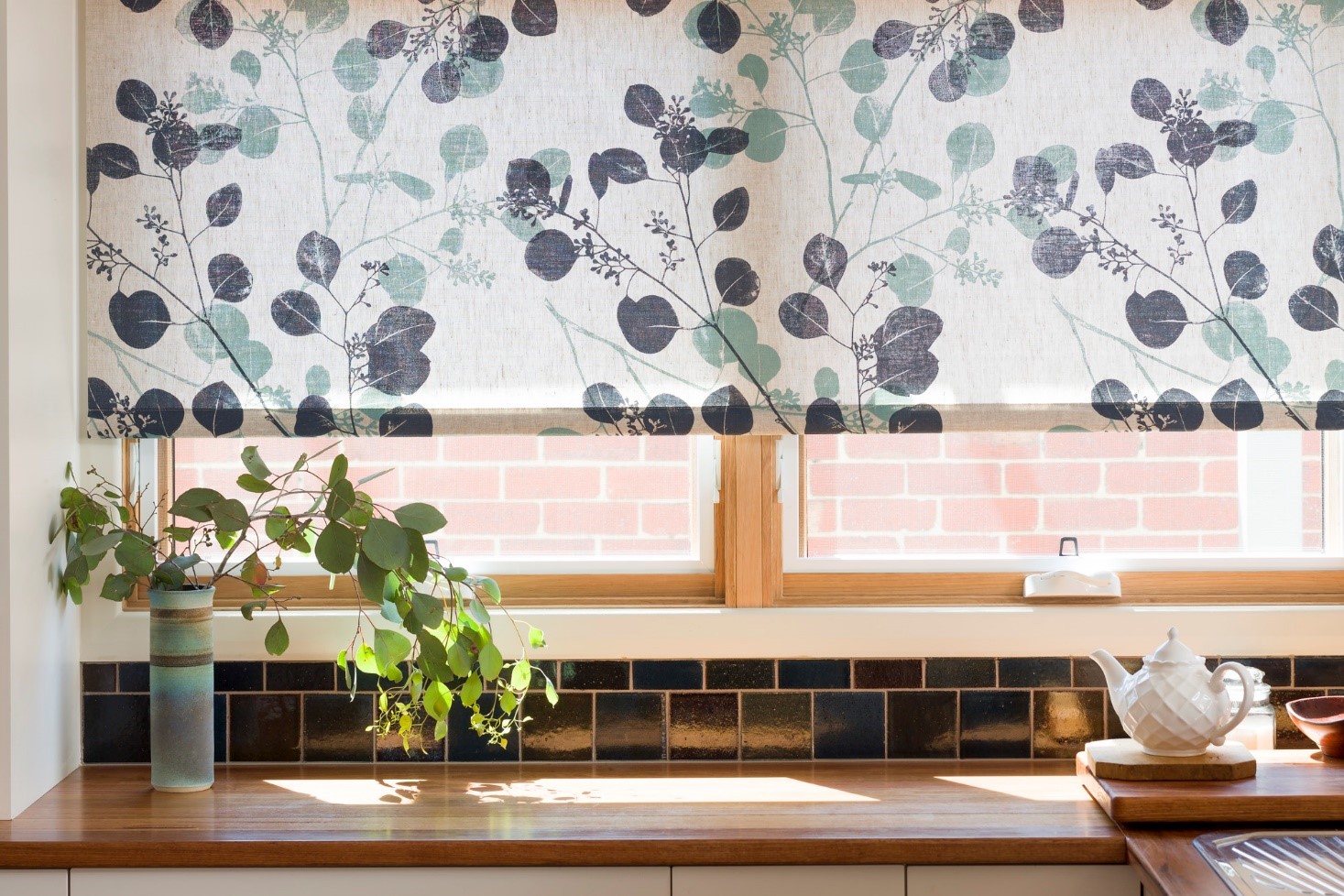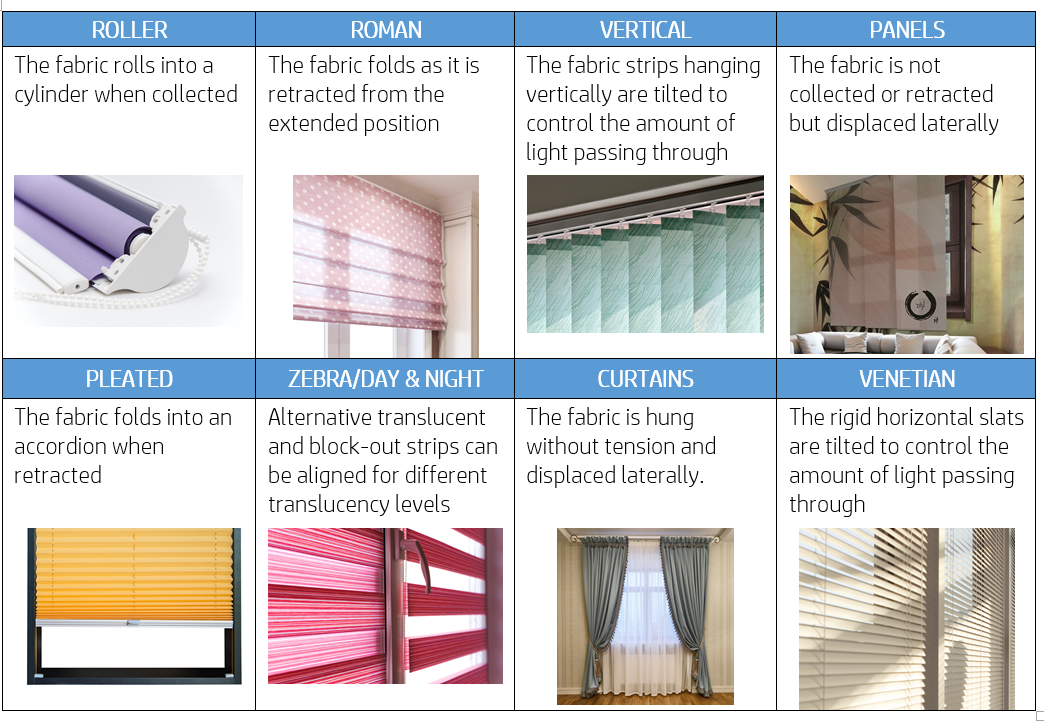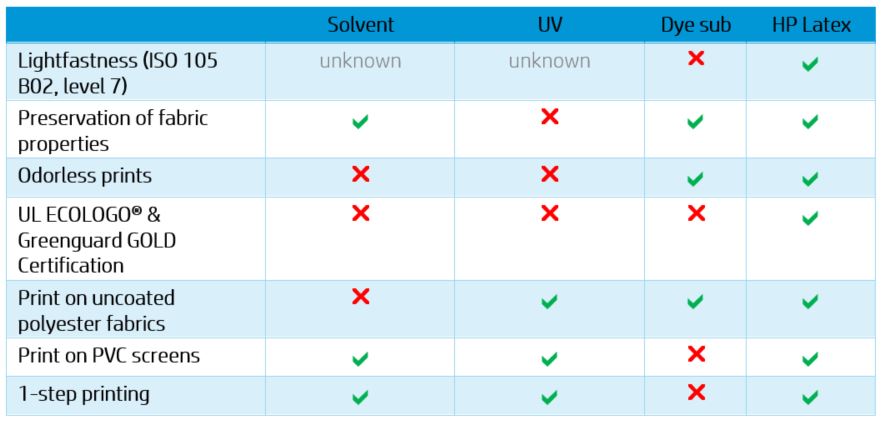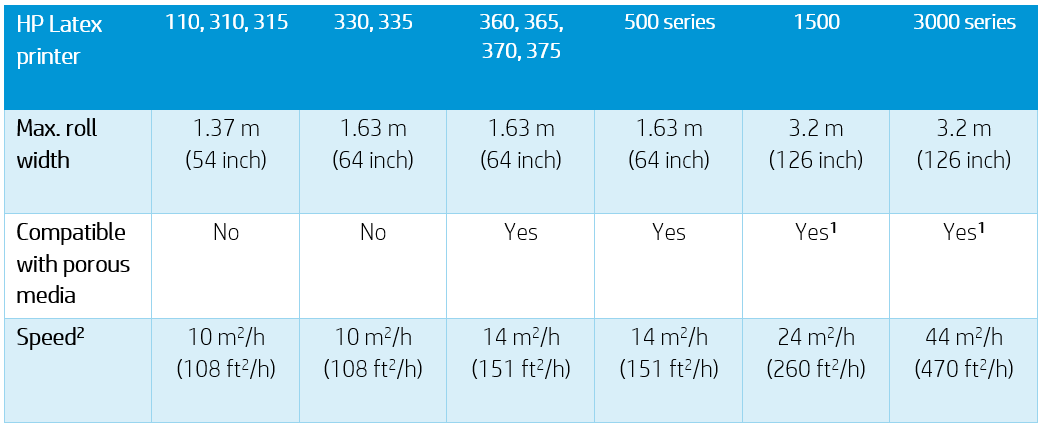Printing on Window Blinds with HP Latex printers

Window blinds play an essential role in energy-saving and in the temperature insulation of rooms, as well as in the protection of the privacy of their inhabitants. But beyond their functional purpose, window blinds represent a key element of interior decoration.
The HP Latex digital printing technology is driving an exponential growth in the window blind market due to all the possibilities it enables, such as:
- Infinite colors and designs with the same device and media.
- Customized short-runs for season campaigns or branding.
- Stock reduction thanks to the possibility to print on demand.
- Innovative business models and buying experiences.
- Combination with other decorative elements, like wall-covering and canvases (also printable with the HP Latex printers).
Moreover, the HP Latex technology offers an unparalleled advantage versus other digital printing technologies due to its lightfastness durability, the preservation of the fabrics’ properties, the lack of odor and hazardous pollutants and its wide media versatility (learn more at the Performance section).
Types of window blinds
By mechanism
There are many types or configurations of window blinds. These are the most remarkable:

All types of window blinds can be printed with the HP Latex printers except for Venetian blinds due to their rigid nature. It is not recommended to use HP Latex printers to print on curtains that require periodic washing.
Pleated blinds should be pleated after printing.
By material
Window blinds are commonly manufactured in one of these base materials:
- Polyester fabrics: Polyester yarn directly woven to form a fabric, potentially treated or coated for special characteristics: stiffness, special touch-and-feel or light-blocking properties.
- PVC screens: Yarns with a polyester or glass fiber core covered with a PVC surface woven into a fabric.
- Others: Cotton or other natural fibers are often used for curtains, but seldom for other kinds of blinds. Venetian blinds are normally composed of rigid materials like aluminum, plastic or wood.
The HP Latex technology can print on all flexible materials: polyester fabrics, PVC screens and natural fibers.
Performance
Amongst all the digital printing technologies, HP Latex delivers the best performance for window blinds thanks to the following key properties:
Lightfastness
HP Latex prints resist the impact of direct UV light without fading. Some other technologies, such as Dye sublimation, suffer rapid color fading on their prints when exposed to UV light.
HP Latex prints have been proven to reach level 7 (out of 8) in the ISO 105-B02 (a.k.a. “blue wool test”), exceeding the industry standard threshold (level 6) and even some unprinted materials.
Preservation of fabric properties
HP Latex inks preserve the physical characteristics of the base fabrics. UV inks do not penetrate the media surface but sit on top of it. Hence, the fabric hand and the visual properties are modified, leaving clear differences between printed and unprinted areas.
Moreover, the different tensions between the UV ink layer and the substrate can lead to substrate deformation and window blinds which do not fall straight, something that does not happen with HP Latex inks.
Odor and health impact
HP Latex inks are water-based, totally odorless and do not contain components hazardous to human health. Most alternative printing technologies, like UV and solvent inks, use hazardous chemicals which remain on the window blind, making them smelly and unhealthy for people around them. HP Latex inks, on the contrary, do not and have been certified to the most stringent international standards:
- UL ECOLOGO® Certified HP Latex inks meet a range of stringent human health criteria.
- HP Latex inks are GREENGUARD GOLD certified to standards for low chemical emissions into indoor air.
HP Latex inks also ensure a healthier environment for the printer’s operator, and use recyclable consumables. Check the complete regulatory compliance of HP Latex inks, and their comparison against other technologies at: Environmental certifications and eco-labels overview
Media versatility & Image Quality
HP Latex inks can print directly on all kinds of materials used for window blinds (polyester, PVC and even natural fibers) with best-in-class image quality at high production speeds. Dye sublimation inks can only be used on polyester fabrics and they require 2 steps for completing the print. Solvent inks require fabrics to be coated for printing.
Beyond window blinds, the HP Latex printers can print on many other media types, such as self-adhesive vinyls, papers, wall-covering materials, canvases, PVC banners, and many more.

Printing Tips & tricks
Printer models
The following table shows the most important characteristics of the HP Latex printers to consider when selecting the printer to be used for window blinds.

(1) Requires the ink collector kit accessory (P4P92A for the HP Latex 1500 printer, CZ065A for the HP Latex 3000 Printer Series).
(2) Reference speed “Indoor High Quality”. It can be adjusted at the printer depending on the substrate used and the desired Image Quality.
Printing Settings
Check the HP Latex media locator (www.printos.com/ml/#/medialocator) for ready-to-use media profiles. You can also consult the HP Latex substrate database directly from the printer. Filter for “window blinds” application to get a full list of suitable materials.
The tables below show the reference material and print mode for each kind of media in each printer. It is possible to adjust the print mode selection to obtain different levels of throughput and image quality.

Printing considerations
Ink Collector
Porous materials require the use of the ink collector kit. Check the printer’s User guide or the ink collector kit’s User guide for detailed instructions on how to install and maintain the accessory.
The HP Latex 3000 printer series does not allow the HP Latex Optimizer to be used when the ink collector is installed. Hence, printing on porous materials commonly requires lower throughput than printing on non-porous ones.
Abrasion
The HP Latex prints resistance to abrasion depends greatly on the choice of substrate, PVC screens being more durable than most polyester fabrics. As a general rule, prints might resist a gentle rub, but they are likely to become damaged when applying high pressure or repeated rubbing. The use of chemicals is not advised for cleaning.
As a matter of fact, most window blind manufacturers do not recommend to wash or clean their products (even unprinted ones) to prevent damage. But, if required, it is strongly recommended to test the abrasion on each substrate before specifying a cleaning method to the final customer.
Elasticity
Materials that can stretch on their longitudinal axis may advance irregularly leading to image quality problems.
Double-sided printing
Double-sided automatic registration is available in all the HP Latex printers from the HP Latex 360 printer to print on both faces of the substrate (one after the other). However, this functionality is disabled when the Ink collector kit is installed to print on porous materials.
In addition, the image on one side may be damaged by the platen surface while printing the second side. Polyester fabrics, particularly if they have a block-out coating on one side, are more likely to suffer this kind of damage than PVC screens.
Check the printer’s User guide to learn more about the double-sided printing workflow.
Image quality defects due to lubricants or plasticizers
Some chemicals, like the plasticizers in the PVC or the lubricants used during the weaving process, can interact adversely with the ink, forming vertical patterns with slight color changes and/or ink coalescence. In case this is observed, it is recommended to:
- If using the HP Latex 560 or 570 printer, use the wiper roller available in the printer.
- If possible, use a roll from a different batch.
- Increase the drying lamps and raise the optimizer level.
Finishing the window blind
The process of mounting a print into a window blind structure can vary greatly, depending on the choice of hardware mechanisms and accessories and on the type of window blind being manufactured. HP Latex prints are compatible with the vast majority of techniques, such as double-sided adhesive tape, sewing, pleating, different kinds of bottom bars, etc.
MATIC finishing products have been proven to deliver optimal cutting and welding performance, while preserving the Image Quality of HP Latex prints and the media properties, both in polyester fabrics and PVC screens. Visit www.matic.es for more information about their products for window blinds.
The most common finishing techniques are cutting, welding and sewing.
Cutting:
HP Latex prints are compatible with all standard techniques; however, some techniques are more suitable for different kinds of materials than others.
As a general rule, the best options to cut polyester fabrics are ultrasound or pressure knife cutters; while PVC screens are best cut with ultrasound or crush cut.
Welding:
Welding is commonly used to create pockets to insert bottom bars that apply weight and tension to the window blind, but it can also be used to merge fabrics into wider/longer window blinds.
The table below shows a comparison of the different welding methods available for window blinds:

Stronger bonds are obtained when joining the unprinted faces of the substrate instead of the printed ones.
When using high frequency welding, it is not recommended to use the black ink alone to generate black colors, but instead, combine black and different inks (controlled by the RIP) to avoid the risk of burned-out welds.
Sewing:
To ensure that the prints are not damaged or scratched while they are sewed, it is recommended that the parts in contact with the prints be made of plastic (instead of metal) or covered with plastic protectors.
Polyester yarns are also recommended over alternative options.
















